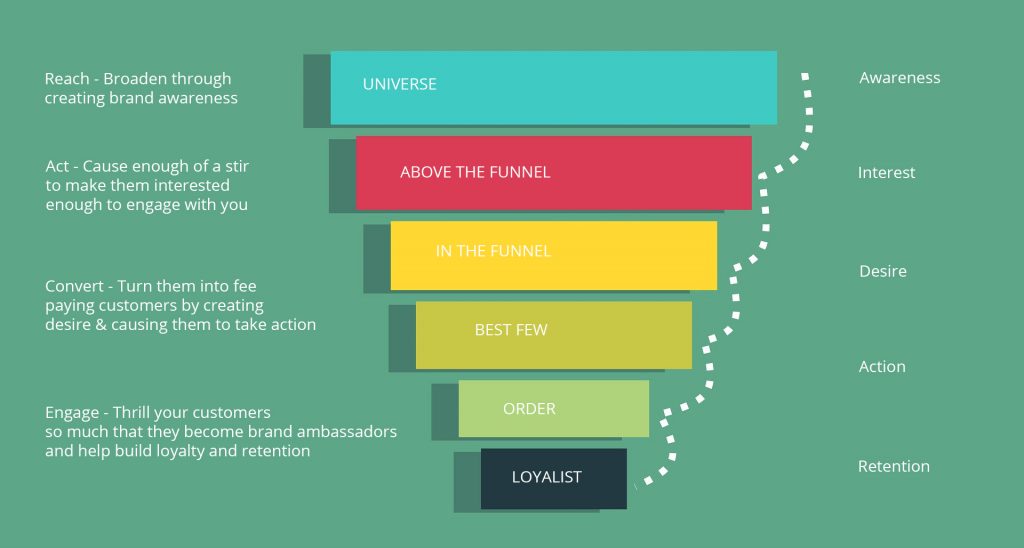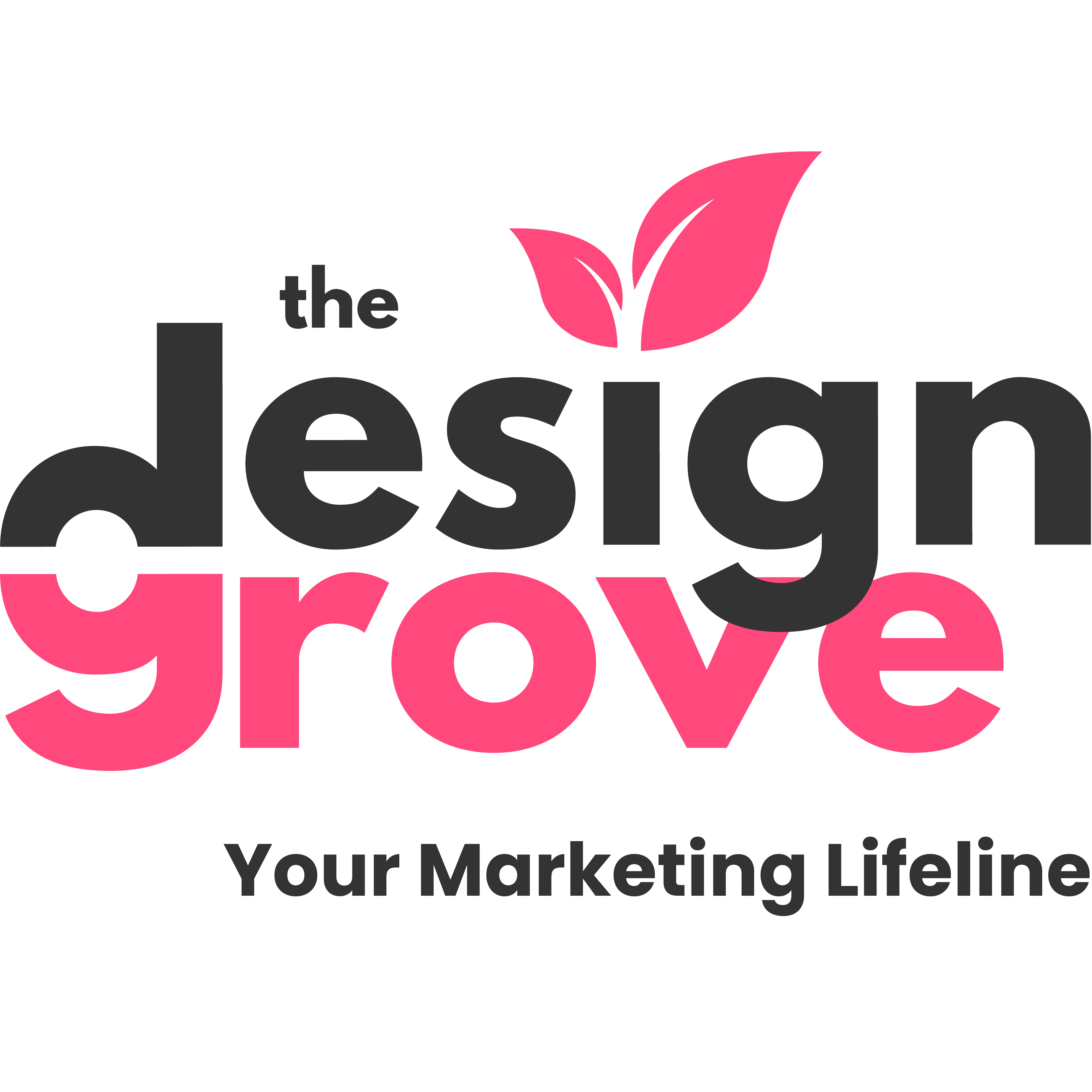In this blog we are going to go through the RACE digital marketing framework in more depth and discuss how to use it.
I am so glad that people come up with these fancy frameworks to make marketing our businesses easier to do.
Let’s imagine our prospective customers. There are those who don’t know us, there are those who know us but who have yet to interact with us, there are those who are currently interacting with us and there are those who have interacted with us in the past. Each of these people are at various stages of the digital marketing process.
Each of those stages requires slightly different attention from us and the RACE digital marketing framework helps to outline and plan this better.

R – Reach – in simple terms means broadening the reach of your marketing messages, expanding your horizons, communicating to your universe, creating brand awareness.
A – Act – causing your potential customers to do something, whether that’s visiting your website, looking you up on social media, you are causing enough of a stir to make them interested in you.
C – Convert – making your potential customers compelled to buy from you, turning them into fee paying customers by creating desire and stimulating them to act.
E – Engage – thrilling customers so much that they become your word of mouth advocate, indirectly do marketing for you and help build loyalty and business retention.
How to understand RACE and the customer journey.
At each stage of your funnel, your customers are going through a process that they are probably not consciously aware of and, as business owners, it can be helpful to understand it so that we can better exploit it.
Reach – customers are exploring their options.
They want to evaluate different brands and see which is going to offer them the best deal in terms of what features and benefits are most desirable.
Your goal is to ensure you are telling people enough, giving them enough information to make an informed decision. This might include advertising on search engines, publishing content on social media, writing blogs, focusing on organic SEO.
The measure of success will be things like number of hits to your website or views of your social media for example.
Act – customers are ready to make a decision;
They’ve made their choice and they’re coming to you to buy.
Your goal is to ensure their experience goes well. Whether that is online or offline, they still haven’t handed over the cold hard cash yet, so ensure their customer journey is a smooth one.
This might include calls to action on your website, downloading papers, ebooks, subscribing to mailing lists etc.
The measure of success here will be things like time spent on your website, if they’re not just bouncing straight off, then you’re doing something right. Or they might be liking and sharing your social content.
Convert – customers are buying;
They have given you their money or a commitment to paying for your services.
Your goal is to ensure that you don’t let them down. Build trust and confidence in your brand and reassure customers that they have not made a huge mistake. This would include getting the distribution process right, making sure the product and its pricing are bang on, making sure the customer service element is top notch. At this point you also have opportunities to upsell, remarket and retarget them for other compatible offers. (We will cover this in a bit more detail later).
The measure of success will be your revenue.
Engage – your customers become your advocates;
That is providing you have done the conversion part right and you haven’t put them off.
Your goal is to ensure your advocates continue to be your advocates; engage with them and understand what keeps them loyal to you. Then do more of that. This might include remarketing and retargeting, but also things like loyalty schemes or special promotions.
The measure of success will be things like repeat purchases or endorsements on social media for example.
What is remarketing and retargeting?
You will notice we mentioned remarketing and retargeting in digital marketing process above, it is a huge area of digital marketing that could form its own A-Z but let’s just aim to cover the basics so you at least know what it is and how you might go about it.
How does remarketing work?
Let’s say you’ve been browsing for something, popped it in your shopping cart and then decided to ditch it at the last minute. What follows is called ‘remarketing’. That is the action of the brand you are buying from, following up on your ditched shopping card with an email enticing you to come back and finish the job.
Shopping cart abandonment is one of the most common examples of remarketing with others like upselling or cross selling. “You bought this, would you also like this?” kind of emails.
It could also include things like; communicating a price drop, informing the customer that something is back in stock, feedback requests and VIP treatment, following the customer journey.
It is a very effective method of converting those hesitant people into money paying customers and it typically stems from contact information that you already hold about your customers.
How does retargeting work?
Retargeting is a form of advertising that is targeted at people who have visited your website but have gone on to leave you without taking any action.
When a visitor comes onto your website, hidden in the background is a piece of code (aka a pixel) that drops a cookie onto the visitor’s browser. Your visitor goes off to visit other websites, the cookie communicates back to your retargeting platform and automatically positions your adverts amongst the other websites that it is viewing.
It might give you a feeling that you are being watched, but actually it’s very clever marketing.
Retargeting can also be done on Facebook and is a very successful partnership for many brands.
How often have you been browsing a website and then gone on to see advert after advert for it on Facebook?
This is because Facebook has its own pixel that can be embedded into the code of your website and acts in much the same way. The delivery of the advert is then managed within the Facebook advertising platform and enables you to target people with adverts. It is Facebook’s way of ensuring that their users are not spammed with lots of irrelevant adverts, but it also gives advertisers access to thousands and thousands of potential customers.
In summary
Remarketing and retargeting is a great way to keep your potential customer leads warm because it focuses on the people who are already interested in your business. It improves your chances of converting these leads into actual customers, but it is not without its financial commitment. If you are embarking on an online advertising journey, you most definitely want to think about adding retargeting to the mix.


